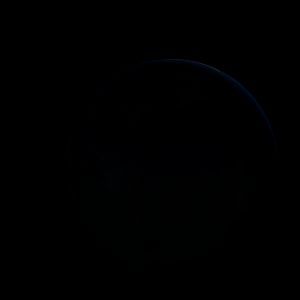|
|
Space Astro
|
Info for exoplanet "Ozixu Jonu"
| Scientific (actual) data |
|---|
| Name | Kepler-1183 b |
| Planet status | Confirmed |
| Radius | 0.252 |
| Orbital period | 28.5057 |
| Discovered | 2016 |
| Updated | 2021-02-05 |
| Tconj | 2454970 |
| Publication | Announced on a website |
| Detection type | Primary Transit |
| Alternate names | 2MASS J19285578+3853319 b, K02308.01, KIC 3749978 b, KOI-2308 b, KOI-2308.01, WISE J192855.80+385331.8 b |
| Star name | Kepler-1183 |
| Right ascension | 292.23° |
| Declination | 38.89° |
| Mag j | 14.493 |
| Mag h | 14.149 |
| Mag k | 14.006 |
| Star distance | 1378 |
| Star metallicity | 0.04 |
| Star mass | 1 |
| Star radius | 0.99 |
| Star age | 4.27 |
| Star temperature | 5765 |
| Star alternate names | 2MASS J19285578+3853319, KIC 3749978, KOI-2308, WISE J192855.80+385331.8 |
| Wikipedia article | Kepler-1183 b |
Back
| |
| Fictional info (?) |
|---|
| Suggested name | Ozixu Jonu |
| Planet type | Cold planet |
| As seen from Kepler-1183, in a frame of reference that rotates with the orbital motion, it appears to rotate only once every two years.
The volume of water detected has been estimated to be equivalent to the volume of water in the Black Sea. |
| Atmosphere | Ammonium hydrosulfide (NH4SH) | 35% |
| Sulfur dioxide | 33% |
| Carbonyl sulfide | 13% |
| Nitric oxide | 9% |
| Hydrogen chloride | 7.3% |
| Ammonia | 1.8% |
| Methane | 0.23% |
| Atmospheric pressure | 16 bar |
 |
| No known satellites |
| Google search for Ozixu jonu |
|
Website by Joachim Michaelis
|
|
|
|